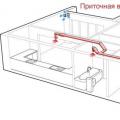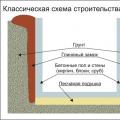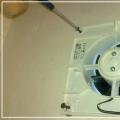A damp basement or cellar in a house can cause many problems for owners. A high degree of humidity becomes not only the cause of food spoilage, but also the rapid destruction of the walls of the building. You can get rid of dampness yourself if you take the necessary measures.
Dampness in the basement or cellar: causes, optimal humidity level
Before you start removing dampness from the basement or cellar, you need to understand well the reasons for its occurrence. It can appear both in the basement of a brick, cinder concrete, foam concrete or aerated concrete house, and a wooden one.
Damp penetration from the outside
Water can enter the basement from the outside or appear as water droplets on the walls and ceiling.
- It seeps into the basement or cellar through microscopic cracks and defects in the walls, as well as due to poorly installed communication networks.
- If the basement is damp, then you need to pay attention to the condition of the blind area.
- Large trees growing near the foundation can let water into the room through their root system.
- Close proximity to the surface of groundwater can cause dampness.
Internal moisture source
If condensation collects on the walls, then the ventilation system in the basement does not work well or it is completely absent. To eliminate the cause, two pipes are enough to create supply and exhaust ventilation. In large basements, natural ventilation is usually not enough, so it is necessary to create a forced system, thanks to which it will be possible to independently regulate the temperature in the room. If there are water pipes in the basement, they must be well insulated to prevent condensation on the walls and ceiling.
Why does the basement of a wooden house get damp?
Since wood is a natural material, it is prone to various negative "diseases" - the appearance of mold and fungus, rotting. Therefore, dampness often appears in the basements of such buildings. If a pleasant microclimate reigns in the house, but greenish spots appear on the walls of the basement and an unpleasant smell of rot is felt, this indicates high humidity. To begin with, assess the condition of the drainage system and sewerage. If there are no problems in this area, and the fungus does not disappear, you need to look at the problem more broadly.
The reason for the high level of humidity can be poor-quality waterproofing and insufficient ventilation system. Fungus and mold will never grow in a dry and well-ventilated basement. The waterproofing layer will not allow moisture to penetrate into the room, which contributes to the development of fungal and mold growths. Particular attention should be paid to old wooden buildings, in which the primary layer of waterproofing has long been broken.
Why does dampness occur in the garage
This is a non-residential building that does not require major insulation work. But many people have basements in their garages where they store various products and canned food. And in this case, dampness becomes a problem. As in an ordinary house, good ventilation, waterproofing and an external blind area should be created in the garage.
When the temperature outside is below zero, the level of humidity in the basement increases. This is due to the difference in temperature outside and inside the room. Cold outdoor air cools the walls, and inside the basement the temperature is much higher and therefore the air, cooling in the basement, turns into condensate and accumulates on surfaces in the form of water droplets. As a result, humidity increases, which creates favorable conditions for the growth of fungi and mold.
What level of humidity is considered normal
For the human body, the normal level of humidity is about 40-60%. At higher percentages, the risk of chronic respiratory diseases, skin diseases, and dangerous bronchial asthma increases. Dampness causes wet spots, mold and a suffocating putrid odor. Wooden structures deteriorate, and stone and concrete structures begin to crumble. Metal elements rust, and wooden elements quickly rot.
If it is impossible to remove dampness through natural ventilation, the humidity regime in the house is disturbed and fungal spores that hover in the air begin to actively multiply not only inside the living quarters, but also in the basements (cellars). This process is on a massive scale. If the humidity level reaches 70% or more, and the air temperature in the room is 15 ° C, then active measures should be taken. First you need to accurately determine the level of humidity using a hygrometer, and then move on to identifying the source of dampness and fixing the problem.
How to remove dampness from the basement: effective methods of struggle
Cracks become a dangerous source of moisture infiltration into the room. So the first thing to do is eliminate them.
External waterproofing
First, you should check the condition of the house from the outside, since very often dampness appears due to poor-quality installation of the drainage system.
- We examine the slopes on the building.
- We make sure that the drainpipes divert water into a funnel of a special storm drain underground or into a surface gutter.
- We check the drainage system, which is located around the house.
- We look at the state of the blind area.
Any problems found must be corrected.
Then you need to protect the walls underground.
- We remove the destroyed blind area.
- We dig a small hole outside the basement walls, about 0.5 m wide and half a meter deep below the floor level.
They dig a hole around the house half a meter wide to dry the walls
- Thoroughly dry the outer walls of the house. This can be done naturally or with the help of special construction fans.
- We treat the walls with special antiseptics.
- We fill the hole with rubble.
- We make a dense underground adjoining blind area from roofing material. To do this, we fix a sheet of material half a meter above the ground on the wall of the house and take it over the edge of the outer wall.
- We make a high-quality blind area.
- We coat it with bituminous mastic.
Internal waterproofing device
As a result of improperly made basement waterproofing, dampness begins to appear over time. To keep the room dry, this needs to be fixed.
- Dry the basement well.
- We remove the old peeling coating from the walls, ceiling and floor.
It is necessary to remove plaster damaged by mold and fungus from the walls for a quality repair of all defects.
- We clean all the cracks and cracks. Carefully seal the damaged areas with cement mortar.
- We impregnate all walls with an effective agent against fungus and mold.
A special tool is used to clean concrete surfaces from fungus and mold.
- With bituminous mastic (or other waterproofing agent), we thoroughly coat all walls, ceiling and floor.
- We close up the leaks and where they were before, with alabaster.
The device for internal waterproofing of the basement is performed by treating the walls with water-repellent materials
- For greater efficiency, you can re-plaster the walls of the basement.
After drying and waterproofing treatment, it is also possible to re-plaster the basement walls.
To enhance the waterproofing effect will help some actions.
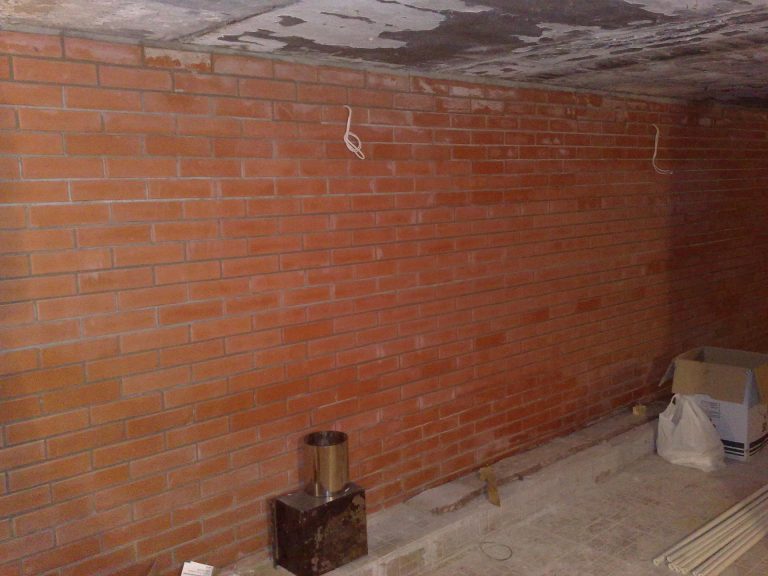
Basement cement floor waterproofing
- Dismantle the old floor.
- Seal all existing gaps and cracks in the concrete with a cement mortar.
- When everything is dry, cover the floor with sifted sand or fine expanded clay (a layer of at least 5 cm).
- From above, lay sheets of roofing material, 3 mm thick with an overlap of 10 cm on each other and on the walls. You can use a special waterproofing film for the floor.
- Once again, seal all the cracks with bituminous mastic and make a new screed.
- If desired, you can lay logs and arrange a wooden floor.
Basement clay floor waterproofing
If the basement floor is made of clay, then this will speed up the process.
- Remove a small layer of clay (5 cm).
- Leveling the base.
- We lay polyethylene on top in 2 layers with an overlap on each other and on the walls of 10 cm.
- Pour a layer of slightly moistened clay with sawdust (10-15 cm thick) on top of the film and tamp it well. We take sawdust and clay in a ratio of 1:10.
- As the clay dries, it will crack a little, so the cracks will need to be sealed with the same solution.
- Then we put another similar layer of clay with 20-25 cm on the walls.
- When the clay dries, the humidity in the cellar will decrease, the air will be much drier.
How to Remove Basement Dampness During the Rainy Season
It often happens that the humidity increases in autumn and spring during the season of high rainfall. In this case, a different method of removing dampness is used.
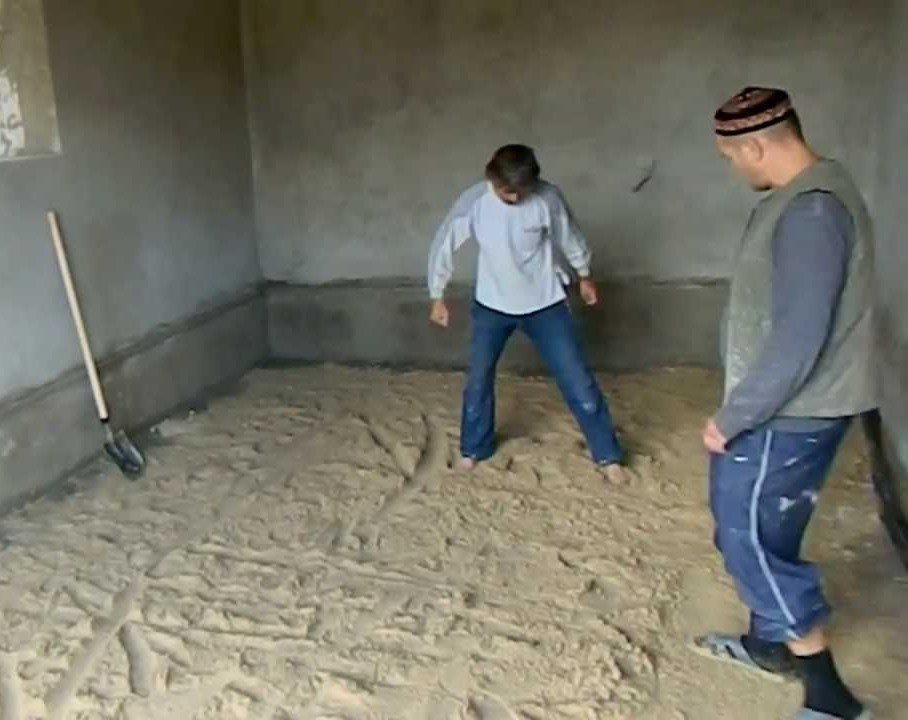
How to strengthen a thin floor in the cellar
A thin floor causes dampness in the cellar. In this case, it is necessary to make a double base by laying roofing felt sheets that will protect the floor from excess moisture. All joints must be well smeared with bituminous mastic, and then a finishing cement screed should be made on top.
An excellent way to eliminate dampness is calcium chloride. It is able to absorb moisture, as it is considered an excellent absorbent: pour the powder into various containers and place them in the corners of the cellar. Usually, 0.5 kg of the substance is enough for a small cellar.
Ventilation system
A poor ventilation system is one of the main causes of dampness in the basements of brick or wood houses.
The device is a simple supply and exhaust system
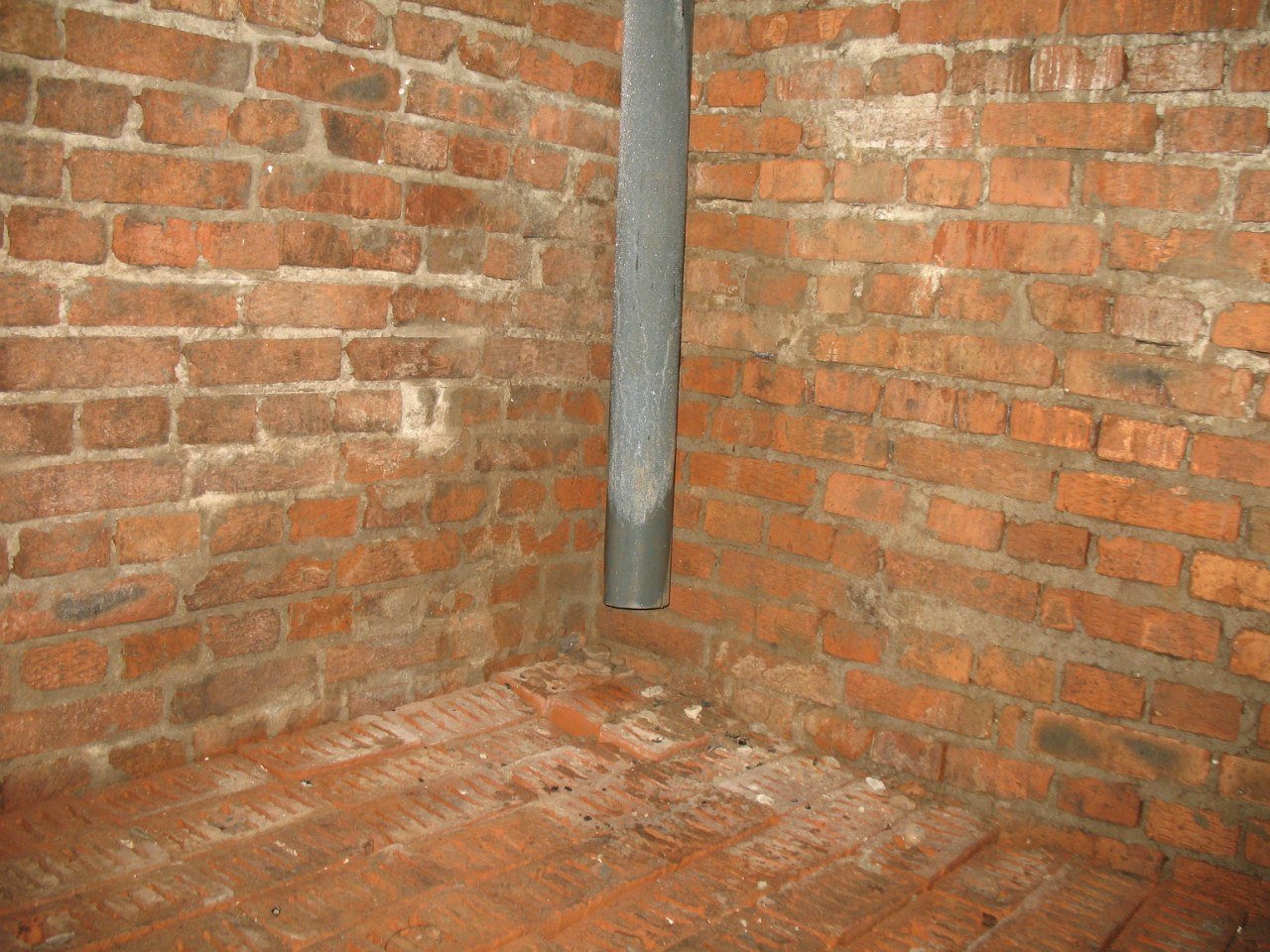
Video: ventilation device in the basement of the garage
Folk methods of dealing with dampness
There are inexpensive, but effective folk methods for dealing with dampness in the basement.
- To remove dampness, it is necessary to place four cans of white moss powder on the floor or shelves in the corners of the room. It perfectly absorbs moisture. This method will be effective only with a small percentage of basement moisture.
- Moisture can be removed with hydrochloric acid. To do this, we remove all food and conservation from the basement. We dilute the acid so that a weak solution is obtained (100 ml per 1 liter of water). We put on gloves and carefully process the walls, shelves, ceiling and floor with the resulting solution. Care must be taken as hydrochloric acid can cause chemical burns.
- The other way is also effective. Put glass or ceramic deep dishes on the floor, fill it with rock salt, and pour sulfuric acid on top. It is necessary to work only in protective clothing in compliance with all safety measures. The vapors that will be released as a result of a chemical reaction can destroy mold and fungal spores. When the dampness is gone, it is necessary to ventilate the room well and rinse all surfaces. You can buy sulfuric acid in online chemical reagent stores. This is a very dangerous substance, so you should think carefully about the advisability of using it in the basement of a residential building so as not to endanger the people living in it.
- After creating a ventilation system, you can use slaked lime to further remove excess moisture. To do this, you just need to put a deep container with a substance in the corner of the basement. It not only absorbs moisture, but also kills developing fungi in pairs.
- If the walls in the basement are damp, but fungi and mold have not yet begun to appear, you can put red-hot clay bricks in different places (3-4 pieces for a small room). As the clay cools, it will actively absorb moisture. When the bricks have cooled, they must be heated again.
- You can put an electric fireplace near a damp wall. It will warm up the required area and dry it. But this method will be effective only if a small section of the wall is damp in the basement.
- Mold and fungus in the basement can be removed with boric, acetic or citric acid. You just need to wash all surfaces well with one of the active substances.
- You can remove dampness from the cellar using ordinary diesel fuel. In this case, it is important to first free the room from products, and only then treat the walls and ceiling well with fuel, and whitewash the surfaces.
Dampness in the basement of a garage or a wooden house may occur due to the proximity of groundwater, the location of the building in a lowland. Wooden structures are most susceptible to rotting due to the high level of humidity, therefore, methods for eliminating the cause must be effective, and folk are not always so.
An eco-friendly way to kill fungus in the basement - video
How to eliminate dampness and fungus in a wooden cellar
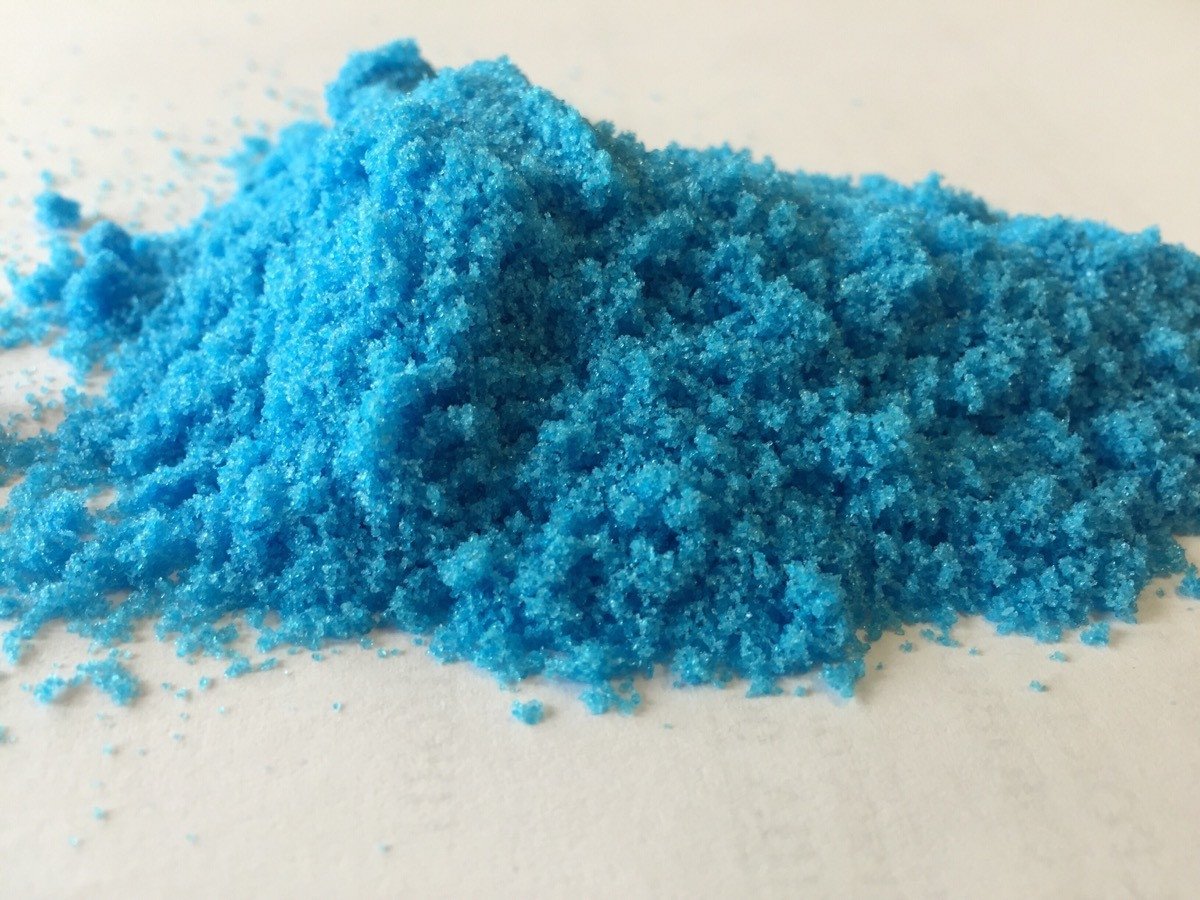
You can also remove mold from wooden surfaces with a solution of sodium fluoride, zinc chloride, sodium silicate fluoride or ammonium.
- Dilute 30 g of the selected substance in hot water.
- We take 150 g of sodium fluoride, 135 clay and 200 ml of water.
- Add the chemical to the boiling water and pour the clay.
- Mix everything well until a homogeneous consistency is formed.
- We process all the surfaces of the cellar with the resulting paste and leave them to dry. This amount of paste is enough to process 1 m 2 of a wooden section of the wall. For greater efficiency, we re-treat in a month.
- If you live in an old house and cracks regularly appear in the basement, which cause dampness, then you need to seal them well with rags soaked in bituminous mastic, and cover them with plaster on top. This will be a temporary method, but it will not allow water to enter the room.
- In the basement, you can make a pit, which is a metal or concrete "glass" for water drainage. It will be easy to pump water out of it with a pump. But in this case, the floor in the room should have a slight slope towards the pit.
- It is necessary to regularly monitor the condition of the basement, check the condition of the sewerage and plumbing systems, as well as the roof of the house.
- It is important to regularly ventilate the room.
- In the summer, on hot days, take out all the wooden shelves and racks to the street so that they dry out and warm up well in the sun.
- Treat the walls every season with effective antiseptic agents.
Ammonium Sulphate Powder Removes Mold From Wooden Cellar Walls
You can make a special paste.
Sodium fluorosilicon powder is needed to prepare a paste used to protect wooden structures from moisture.
How to prevent dampness: preventive measures
Depending on how damp the walls and other surfaces of the basement are, as well as on the cause of such a problem, it is necessary to choose the means to solve it. By using the various moisture removal methods correctly, you can always keep your basement or cellar clean and dry.

